The stereo system that turned the tables, concrete ideas in urbanism and sleek coffee-shop design in Paris.
|
Wednesday 12/11/25
|

|
|
London
Paris
Zürich
Milan
Bangkok
Tokyo
Toronto
|
|
|
|

building blocks
This week’s dispatch starts with a strong morning brew courtesy of Araku Coffee’s Paris flagship. Then: we find a balance between form and function with the founders of Studio Ūma, throw it back to the stereo system that moved the needle on record-player design and pop into an exhibition pairing pottery with the paintings of Frank Auberbach. Breaking ground with a concrete idea for green construction is Yvonne Xu.
|
|
OPINION: yvonne xu
Building castles with the air
I nearly skipped past the press release. Its headline is not exactly enticing: “NTU Singapore scientists develop 3D concrete printing method that captures carbon dioxide”. But something made me pause for a second look.
The wordy announcement from Singapore’s Nanyang Technological University (NTU) refers to a new 3D-printing process that injects carbon dioxide into concrete as it prints. Though it might sound complicated, it’s simple chemistry. As carbon dioxide reacts with the concrete mix, it turns solid and gets trapped in the material. The aim? To reduce concrete’s sizable carbon footprint – the building block of modern society is the second most-used material in the world and a source of around 8 per cent of global CO2 emissions due to the energy-intensive process that goes into producing it.
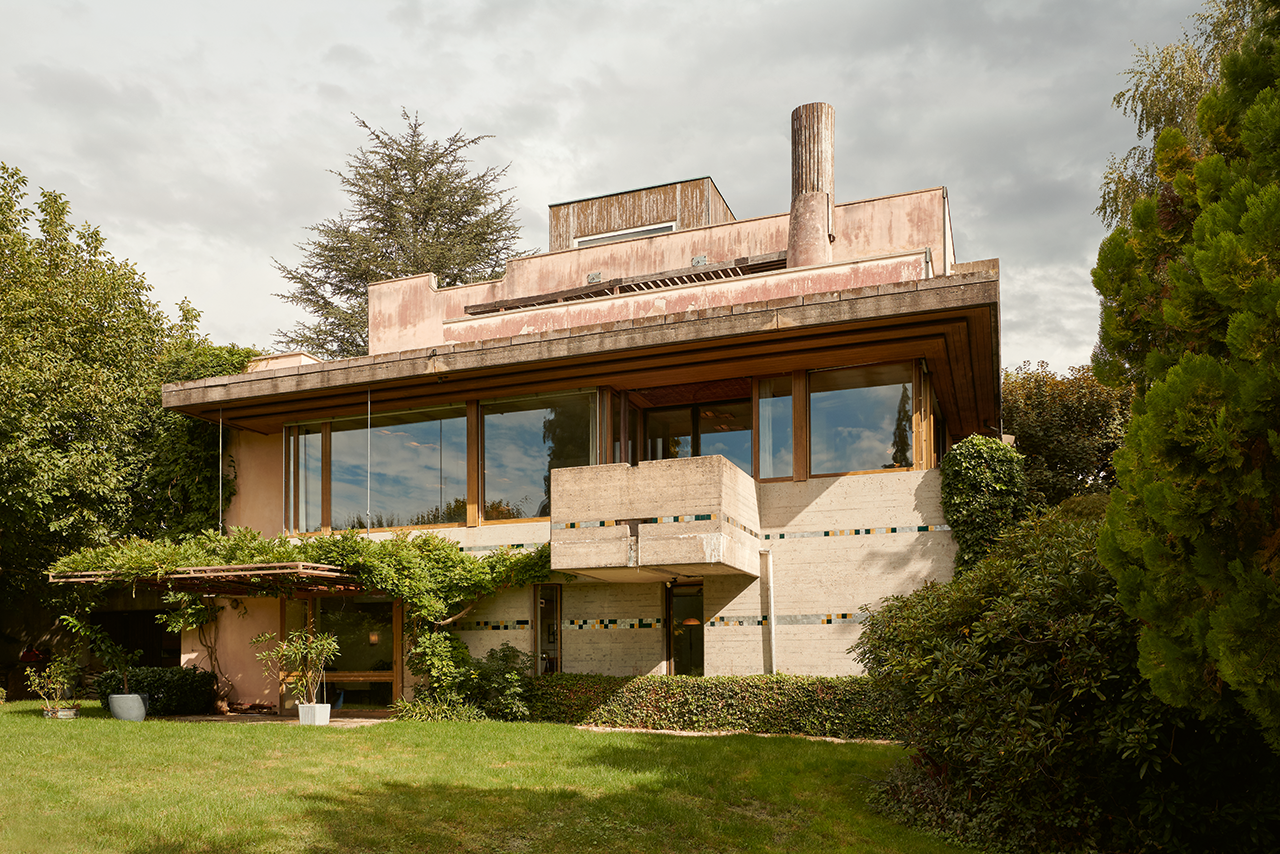
Admittedly, it’s hard to draw attention to carbon-eating concrete at a time when bold space ventures, sleek gadgets and ever-smarter AI capture imaginations and headlines. The obvious hooks are missing: no celebrity founder, no life-changing promise. But hidden in the university’s no-fanfare project is a compelling idea, the undeniable elegance of turning a problem into a solution – it transforms concrete production and its construction into carbon capture, reversing the plot.
It reminds me of US-Israeli designer Neri Oxman’s provocative question: “Is there a world in which driving a car is better for nature than a world in which there are no cars?” Is there a world in which using concrete is better for the environment than not using concrete? Not less bad but actually good?
NTU’s innovation suggests this very possibility. For developers and architects, the idea is liberating. Imagine designing without climate guilt, where every bridge, tower, column and beam is a net good for the environment, actively improving the surroundings.

What makes this innovation promising is that it combines two frontiers of innovation: carbon capture and 3D printing. While carbon capture has been retrofitted into traditional cement plants, NTU’s innovation integrates the abatement method into the production process itself. The technology also makes for a superior concrete: it is stronger, easier to print and captures more carbon than other types of 3D-printed concrete. This means faster construction with less material and labour. This method breaks new ground, enabling design that optimises form and carbon capture in ways traditional casting never could.
But here’s the challenge. While digital innovation races ahead with weekly breakthroughs, the building and construction industry plods along, operating on decade-long cycles. Concrete remains pretty much locked in 20th-century processes. Yet the climate urgency demands transformation at speed and scale.
The NTU team is already pushing its work further while it awaits a patent, exploring how to capture waste gases instead of pure carbon dioxide. But breakthroughs that only excite industry insiders only partially drive the transformation that we so desperately need. Where are the visions that are bold enough to capture broader imaginations? The kind of moonshot ambition that rallies the rest of us?
Maybe it’s time to take a page from big tech’s playbook. Instead of asking “How can we get concrete to be five per cent greener?”, we should ask, “What if concrete made the planet better, not worse?” Shifting from mitigation to mission – from villain to hero – in the climate story. Now that’s exciting.
Yvonne Xu is a Singapore-based design writer and regular Monocle contributor. Fancy more concrete ideas? Find a debate on the material here and read up on an expert use of it by Carlo Scarpa here.
|
|
CANALI  MONOCLE MONOCLE
|
|
the project: Araku coffee, France
Modern history
When you think of a Paris café, a sleek brushed-cement and stainless-steel interior that opens into a working roastery is probably not the first thing that springs to mind. Despite its contemporary design, Araku Coffee fits right in to its classic 12th arrondissement surroundings. The newly opened location is part of the Indian craft-coffee brand’s three-year collaboration with Delordinaire, a Paris- and Montréal-based design studio that draws inspiration from the quiet and the “ordinary” – as the name of the firm suggests.
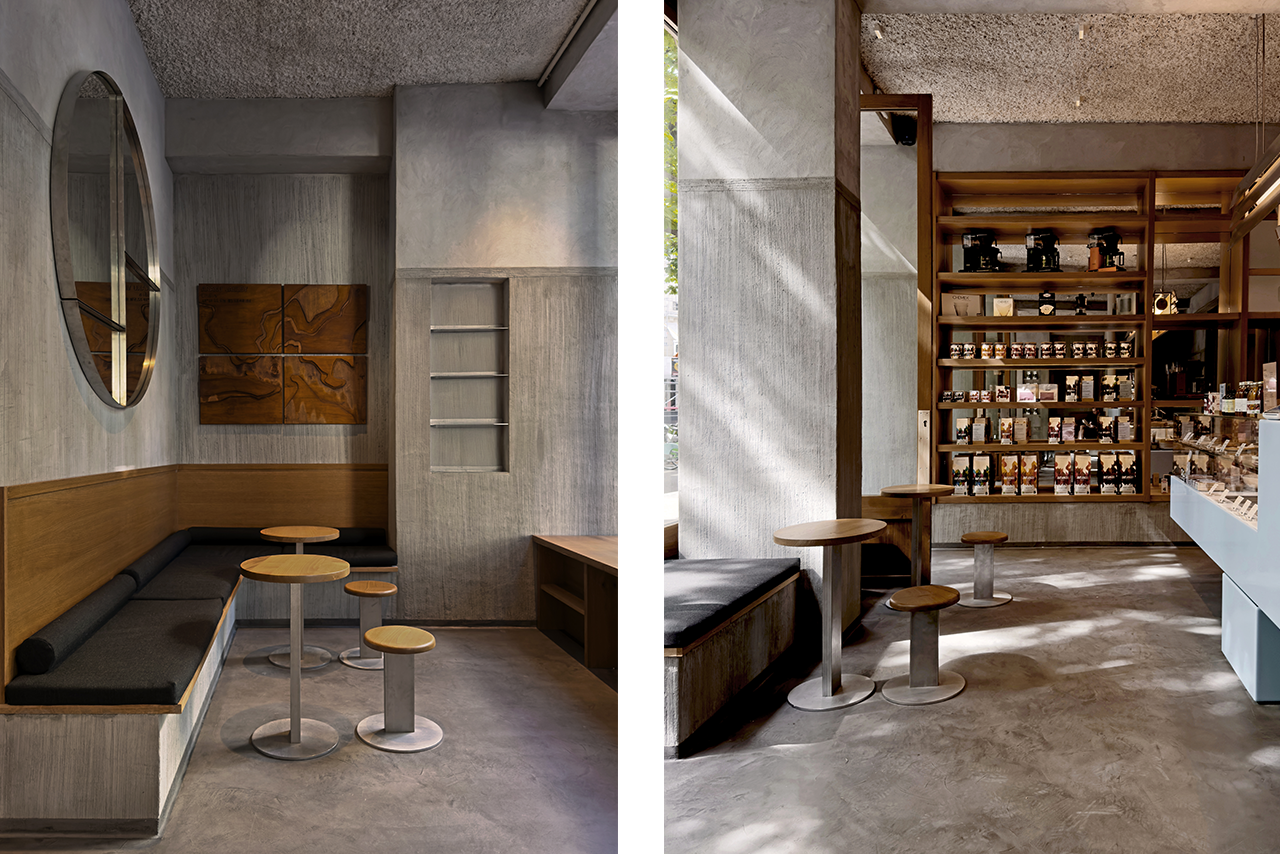
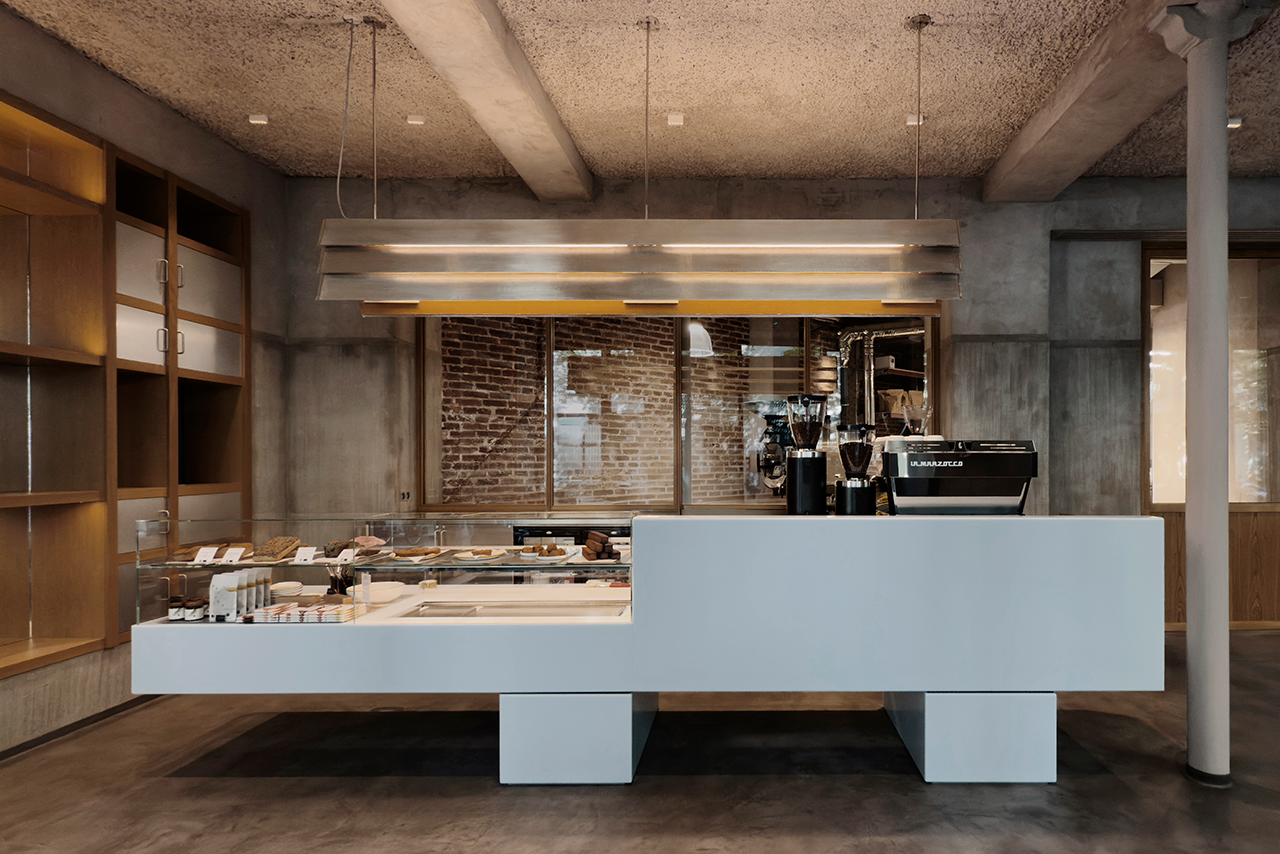
Situated on Rue de Prague, the café invites its patrons into a space that juxtaposes timeless wooden accents with more modern, hard-wearing steel and cement surfaces. The location was chosen due to its proximity to Marché d’Aligre, a historical market that distributes local produce throughout the quartier and Paris, emphasising Araku Coffee’s and Delordinaire’s shared focus on transparency and community. “The inspiration for the space really comes from our close collaboration with Araku in India,” says Delordinaire’s co-founder, Adrian Hunfalvay. “The coffee production is community-driven and owned. The Parisian shops are the first distribution points and an example of an alternative economic model with the growers and distributors as active participants.”
delordinaire.com; arakucoffee.in
Want more recommendations of where to go for coffee – or something stronger – in Paris? You can find our City Guide here.
|
|
WORDS WITH... Studio Ūma, UK
In the balance
Founded by Michelle Song and Amber Pan, London-based firm Studio Ūma infuses Eastern philosophy into the spaces that they work on. From oxidised metals to wood, the pair embrace imperfections and patina in the materials that they use. In addition to their work in interior design, the duo consult on matters including architectural planning, issues relating to listed buildings and art advisory. Until 25 November, Studio Ūma is curating an exhibition in a former Shanghai bank vault titled Her Room Breathes. With pieces by names such as Tobia Scarpa, Pierre Jeanneret and Ingo Maurer, along with artworks by Ni Zhiqi and Qian Ningyue, the presentation proposes a design language with roots in Western functionalism and Eastern minimalism. Here, Song and Pan tell us about their admiration for Charlotte Perriand and design without excess or artifice.
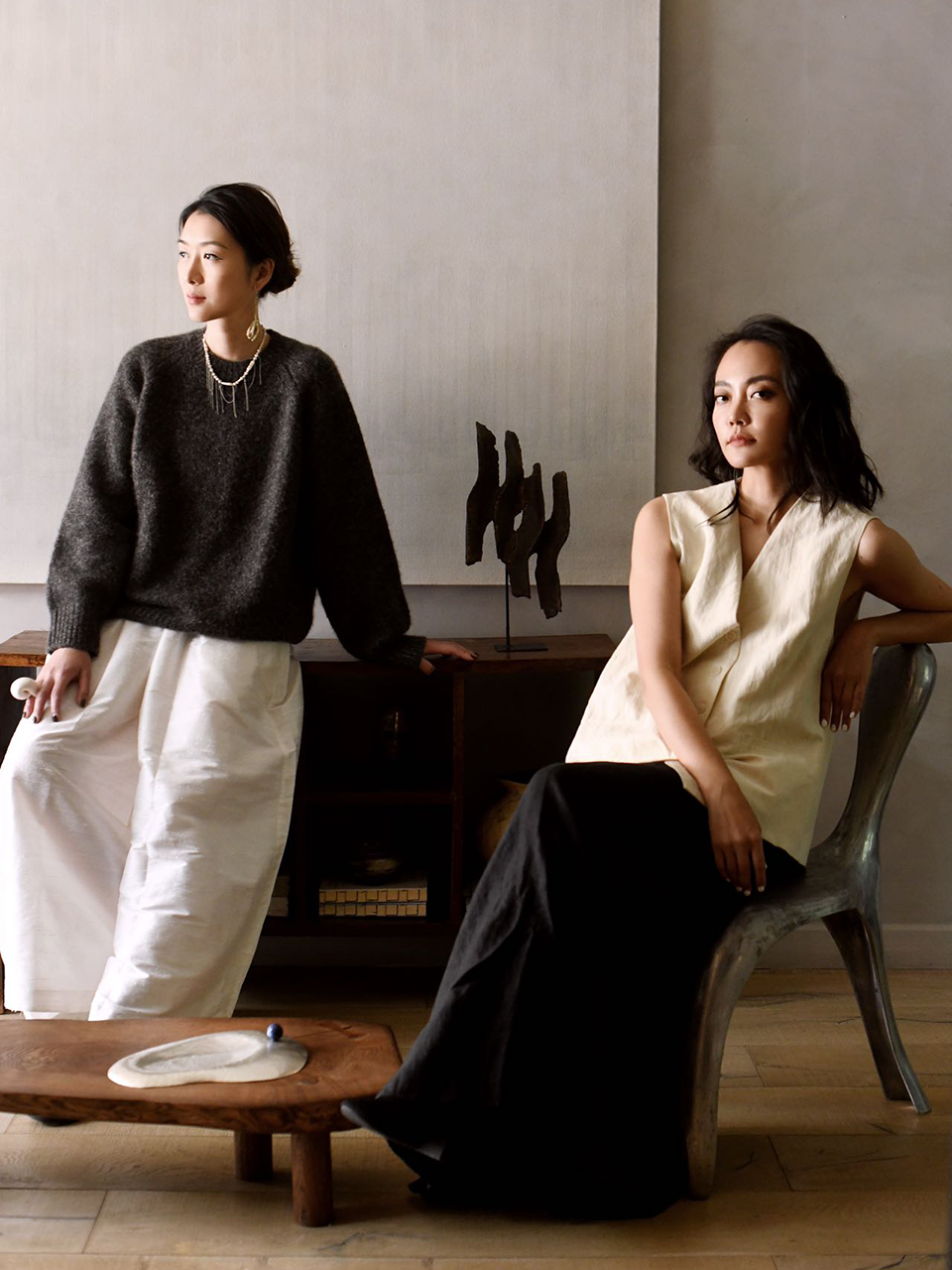
Which movement or designers have influenced you the most?
Michelle Song: Charlotte Perriand. Her work feels as relevant today as it was revolutionary in her time. What we admire most is how she navigated modernism not with rigidity but with a deep sense of warmth and humanity. She understood space as something to be lived in, not just looked at. Her approach to materiality, modularity and the role of design in everyday life has had a profound influence on how we think about our own practice at Studio Ūma. There’s a quiet strength in her work that we return to again and again.
The sky’s the limit: which piece of furniture would you love to own?
Amber Pan: Perriand’s Bibliothèque Nuage – the cloud bookshelf – is a dream piece for us. It’s sculptural yet approachable, playful yet practical. Pieces like this that challenge form while remaining utterly usable feel like a perfect blend of art and function, something we strive for in our own work.
A recurring source of inspiration?
MS: The intersection of nature and utility. We draw deeply from the landscapes that we work within, finding beauty in the textures of wood, stone and natural light. There’s a constant dialogue between structure and softness, raw material and refined detail. It’s this balance that shapes how we approach every project, blending functionality with a tactile, lived-in warmth.

A favourite project that you’ve worked on?
AP: One project close to our hearts is the Lisbon Flat, where we collaborated with architect Lena to source materials as locally as possible. Our client is a doctor, fashion-label owner and mother of three, so longevity and functionality were absolutely paramount. Designing a home that could gracefully adapt to the rhythms of a busy family’s life, while maintaining a strong connection to local craft and materiality, was both a challenge and a joy. It’s a space that feels lived-in, resilient and deeply personal.
A dream commission?
MS: Our dream commission is to design a hotel that embodies the Studio Ūma touch and belief – a space where every detail honors material integrity, human connection and timeless functionality. A place that feels like a home away from home, where design supports rest, creativity and community without excess or artifice. We envision a hotel that balances modernity with warmth, simplicity with richness, and invites guests to slow down and truly inhabit the space.
Which city has the best design scene? And where should we visit?
AP: Lately, we’ve been drawn to Shanghai, specifically to 20th-century Chinese design. There’s a clarity and confidence in the work from that period: deeply functional, beautifully proportioned and rich with cultural memory. It’s a design language that feels both restrained and deeply expressive, something that we’re eager to experience firsthand. We’d recommend visiting 20C Gallery for collectable furniture. On the other side of the world, Galerie Half in Los Angeles continues to inspire us. Its curation strikes a rare balance between simplicity and soul – pieces are placed with such care, allowing their materiality and form to speak without distraction. It’s a place that reminds us how powerful design can be when it’s allowed to breathe.
Fancy more from Monocle’s favourite designers? Tune in to ‘Monocle on Design’ every Tuesday for weekly episodes.
|
|
from the archive: Braun SK6, Germany
On the flip side
Any hi-fi enthusiast who considers their stereo system the centrepiece of their living room has this Braun design to thank. Before the 1950s, most vinyl players were made out of wood and the turntable was hidden under a hood. Designers Dieter Rams and Hans Gugelot first decided to make their record-player lid out of clear perspex because they thought that the device’s inner workings should be admired.

The SK6 from 1961 and its predecessor, SK4, from 1956 became Braun classics and were given the imaginative nickname “Schneewittchensarg” or “Snow White’s Coffin”. Though Braun is no longer a major player in the audio industry, its product line from Dieter Rams’ time as design director is still a key reference for many hi-fi manufacturers. This stereo system might no longer be in production but it is still influencing how we listen to music at home.
|
|
in the picture: ‘Electric Kiln’, UK
Make yourself at home
Emmanuel Cooper was part of a generation of creatives that channelled London’s postwar landscape and architecture into its work. It’s appropriate then that the late artist’s former London home, Fonthill Pottery, is being used as the venue for an exhibition celebrating the work of Cooper and his contemporaries, potter Lucie Rie and painter Frank Auerbach. Called Electric Kiln and created by Michael Jefferson and Rajan Bijlani – a curator who now lives in the residence – it’s a departure from traditional white-wall gallery-like spaces to a lived-in approach to exhibition.
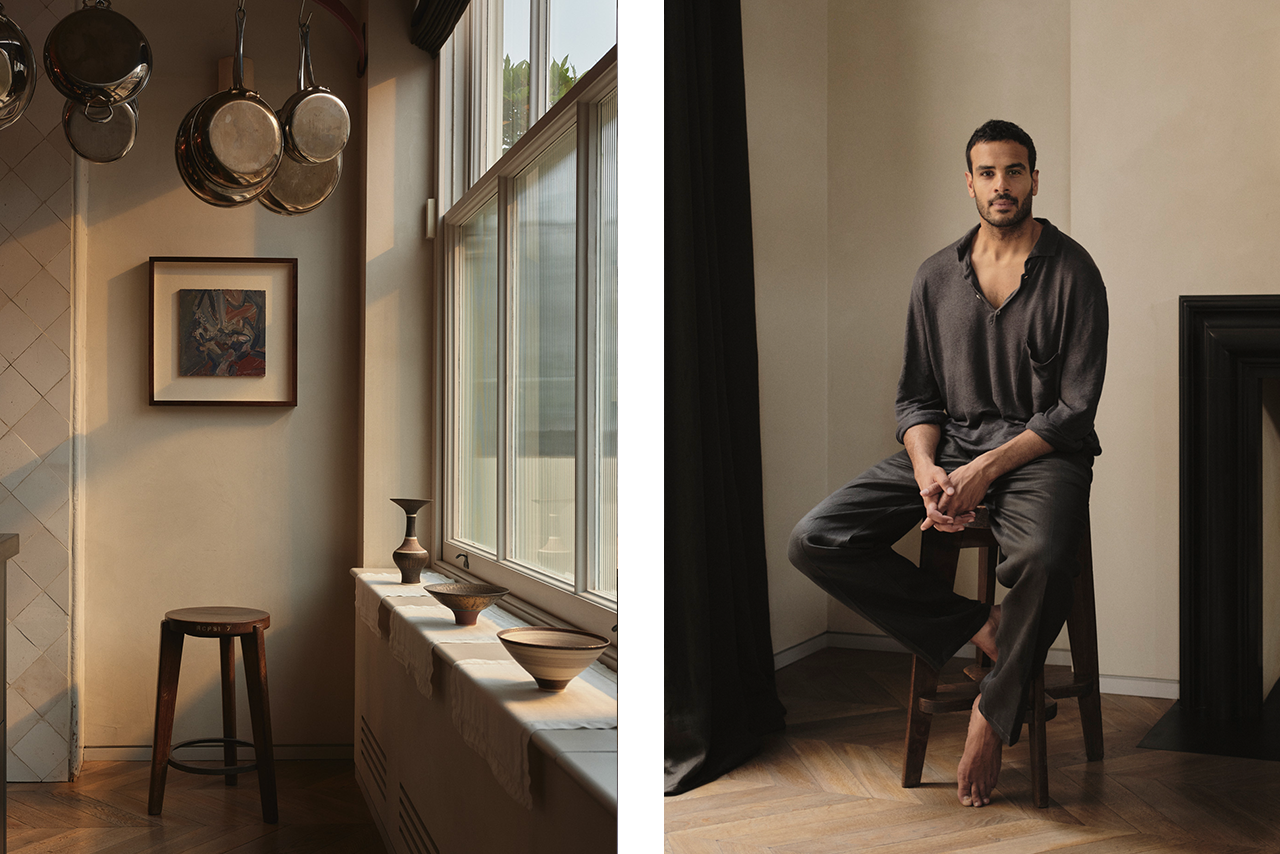
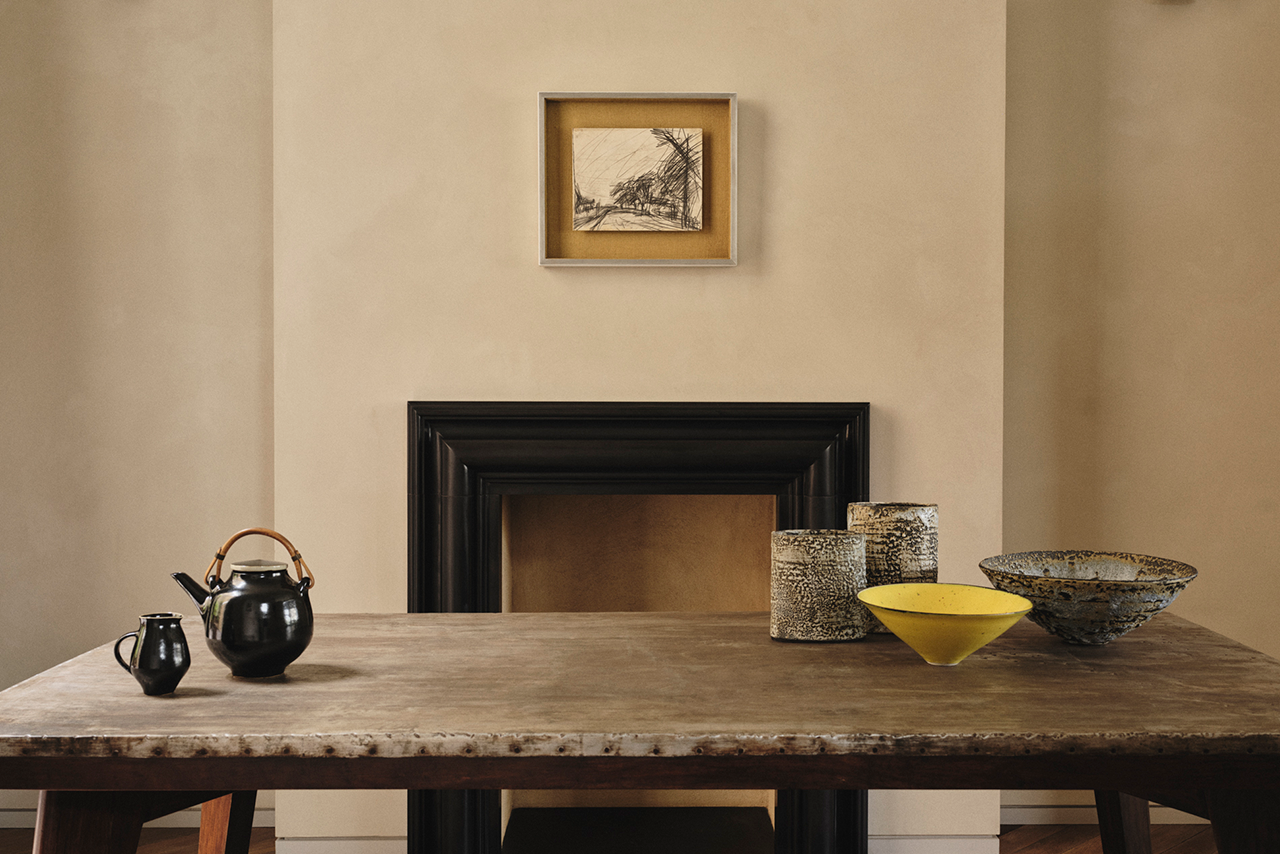
Auerbach’s paintings, as well as rare pieces from Bijlani’s personal collection, such as Le Corbusier and Pierre Jeanneret’s designs for the Indian city of Chandigarh. These include a Rope Chair from the architects’ personal residences in the city and a minister’s desk from the High Court – believed to be one-of-a-kind. It’s an ideal backdrop for a celebration of Rie, Auerbach and Cooper’s work in the very home where the latter artist lived and created.
‘Electric Kiln’ is open by appointment until 16 November. Visit rajanbijlani.com for more information.
|
|
| | |